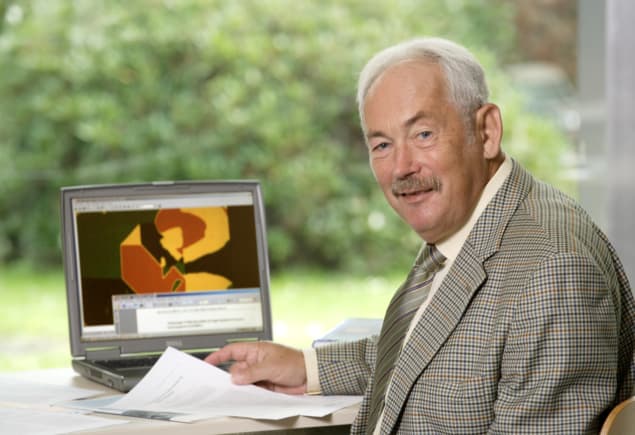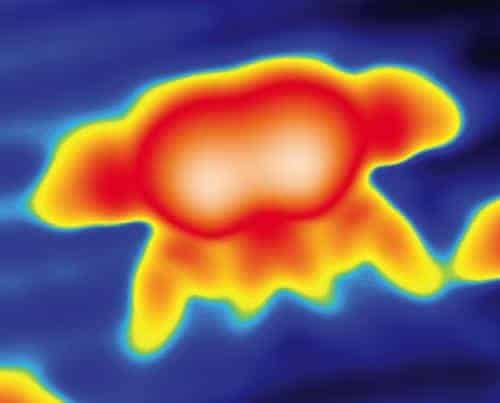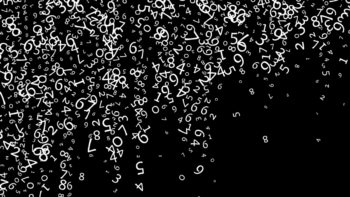
Peter Grünberg, the German condensed-matter physicist who shared the 2007 Nobel Prize for Physics with Albert Fert, has died at the age of 78. Grünberg and Fert independently – and at roughly the same time – discovered the effect of giant magnetoresistance (GMR). It not only created a new field of research known as spintronics, which uses the spin of the electron to store and transport information, but also led to a dramatic rise in the amount of data that can be stored on computer hard-disk drives.
Grünberg was born in 1939 in Pilsen (now in the Czech Republic) and gained his PhD in physics from the Technische Universität Darmstadt in Germany at the age of 29. After spending three years as a postdoc at the University of Ottawa in Canada, he moved to the Forschungzentrum Jülich in 1972, where he remained for the rest of his career, retiring in 2004.

The spintronics challenge
It was at Jülich where Grünberg co-discovered GMR. A consequence of the quantum-mechanical nature of electron spin, GMR is the substantial change of resistance that occurs in wafer-thin sandwiches of magnetic and non-magnetic metals when they are exposed to a magnetic field.
In 1988, Grünberg’s group used the simplest system of a single layer of chromium sandwiched between two layers of iron. The team noticed that when the relative orientation of the magnetic fields of the magnetized layers were reversed, the resistance changed by about 10%.
Working independently at the same time, Fert and his group at the Université Paris-Sud in France created some 30 alternating layers of iron and chromium finding a resistance change of 50%. For their discovery, the duo shared the 2007 Nobel Prize for Physics.
‘An outstanding scientist’
As well as creating the new field of spintronics, both groups realized the potential technological importance of their discovery. It has since led to a dramatic effect on both science and technology allowing hard-disk read heads to detect ever smaller regions of magnetic data and is exploited in virtually all of today’s personal desktop computers and laptops as well as some digital music players. Indeed, in the years following GMR’s commercialization in the late 1990s, the annual rate of increase of hard-disk storage capacity trebled.

Nobel laureate looks to the future of spintronics
As well as winning a Nobel prize, Grünberg also received many other honours. He won the German Future Prize for Technology and Innovation in 1998 and the Wolf Prize in 2006. He was also given the freedom of the city of Jülich in 2008.
“We lose an outstanding scientist who has set standards worldwide in the field of solid state research,” noted Wolfgang Marquardt, chief executive of Forschungszentrum Jülich. “[Grünberg] was not only an excellent researcher, he was above all a valued and popular colleague.”



